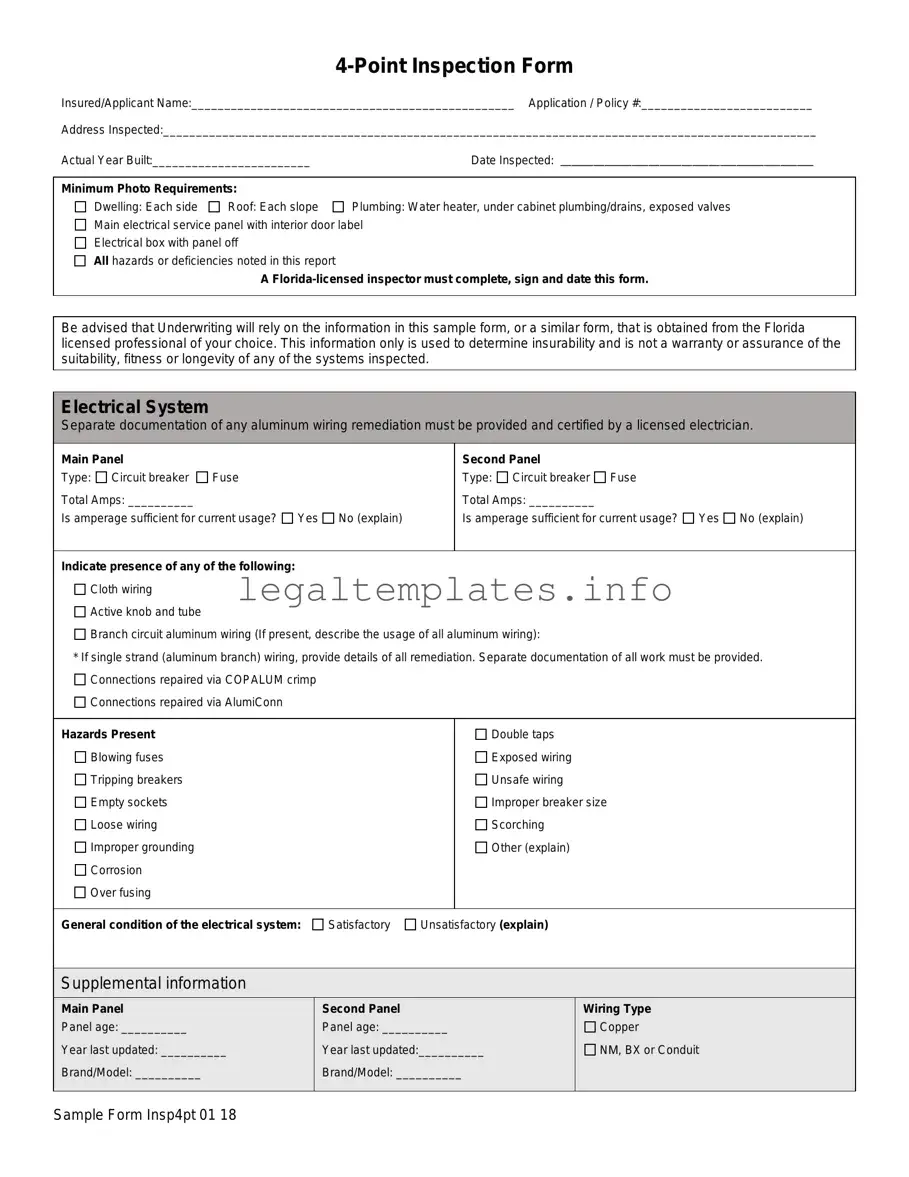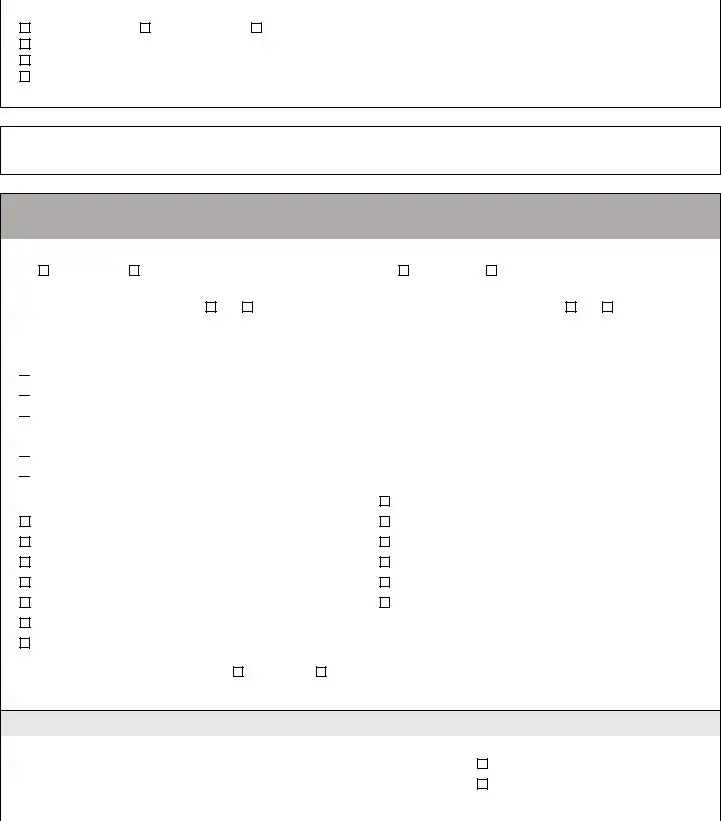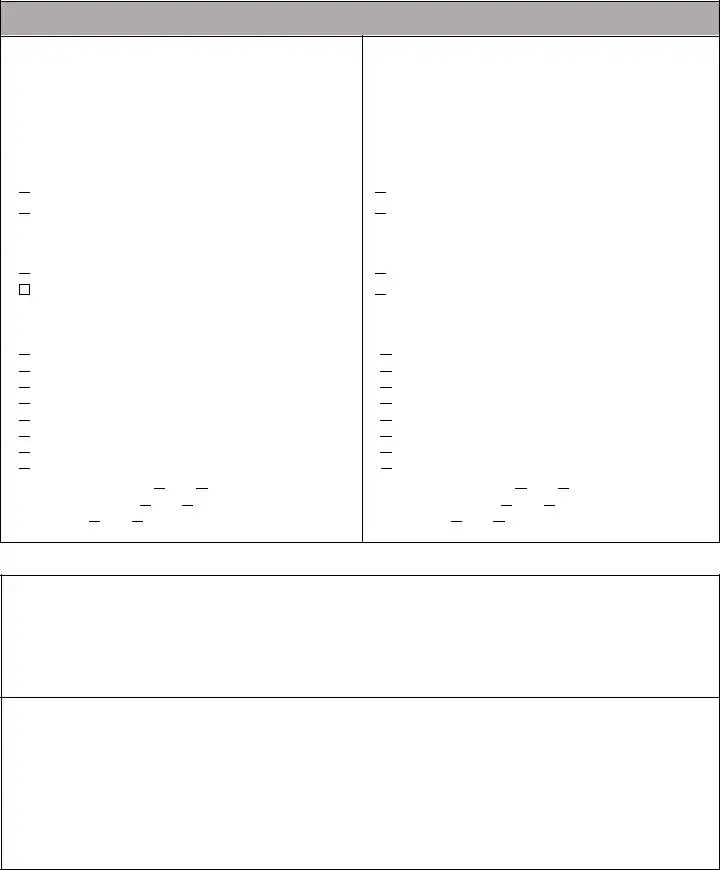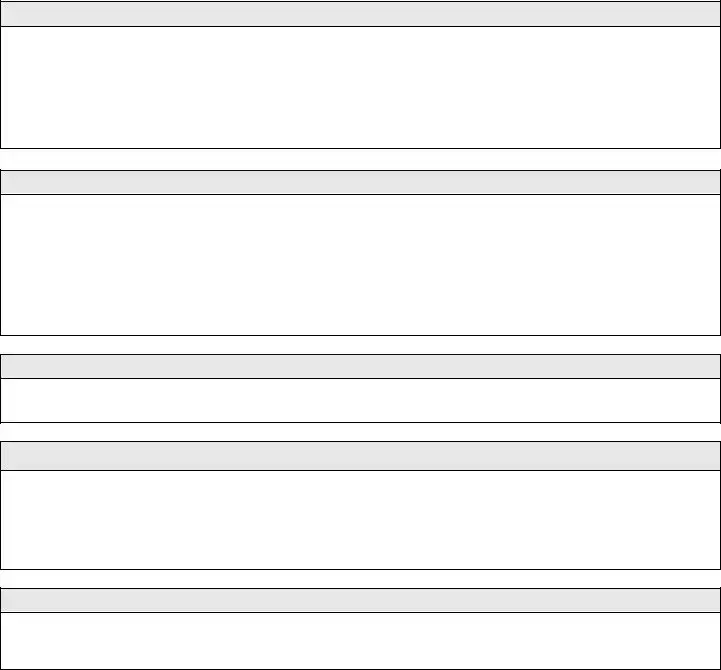What is a 4-Point Inspection Form?
A 4-Point Inspection Form is a report used by insurers to assess the condition of the four major systems in a home: the roof, electrical, HVAC (Heating, Ventilation, and Air Conditioning), and plumbing systems. It includes detailed information about each system’s condition, any visible hazards or deficiencies, and must be completed by a verified Florida-licensed inspector. This report helps insurers decide on the home's insurability and is crucial for homeowners seeking insurance.
Why is it necessary to use a Florida-licensed inspector to complete the form?
Using a Florida-licensed inspector ensures that the inspection is carried out with a high level of professionalism and adherence to state-specific codes and standards. These inspectors are knowledgeable about local regulations and can accurately assess the condition of the various systems in the property. Their certification on the inspection report lends credibility and reliability to the findings, making it a dependable source for insurers to evaluate the property accurately.
What are the minimum photo requirements for a 4-Point Inspection?
The minimum photo requirements for the inspection include pictures from all sides of the dwelling, each roof slope, the water heater, under-cabinet plumbing and drains, visible plumbing valves, the open main electrical panel with the interior door label visible, and the electrical box with the panel off. Additionally, any noted hazards or deficiencies must be photographed. These images provide visual evidence to support the written report, offering insurers a clearer understanding of the property’s condition.
Can any part of the inspection form be completed by a trade-specific licensed professional?
Yes, sections of the inspection form pertaining to a specific trade can be completed by a professional licensed in that trade. For example, an electrician can fill out the electrical section of the form. This allows for expertise and thoroughness in the evaluation of each system, ensuring that assessments are made by individuals with the appropriate technical knowledge and experience.
What happens if a system is found to be in unsatisfactory condition?
If a system is found to be in unsatisfactory condition, detailed comments and explanations must be provided in the report. This includes identifying specific hazards, deficiencies, or reasons why the system is not functioning as intended. This information is critical for underwriters to understand the nature and extent of the issues, which can affect insurability and may require repairs or updates to qualify for insurance.
Are updates to the home's systems documented on this form?
Yes, any updates to the home's systems should be documented in the "Additional Comments or Observations" section of the form. This includes the types of updates, dates completed, and who performed the updates. Providing this information helps insurers assess the current condition of the home’s major systems, taking into account any improvements or renovations that may impact their decision.
What is the role of the writing agent in the 4-Point Inspection process?
The writing agent must review the 4-Point Inspection Form before submission with an application for insurance coverage. It is their responsibility to ensure that the inspection complies with all rules and requirements and that the information provided is accurate and complete. Agents must confirm that there are no existing hazards or deficiencies that could affect the home’s insurability before the application is bound.
Do photos have to accompany the 4-Point Inspection Report?
Yes, photos are a mandatory requirement and must accompany the 4-Point Inspection Report. They provide visual proof of the property’s condition and any noted issues, which is vital for underwriting purposes. The photos must meet the specified minimum requirements to ensure they cover all necessary aspects of the property’s major systems.
What is considered an "acceptable condition" for a system on the 4-Point Inspection Form?
An "acceptable condition" means that a system is working as intended without any visible hazards or deficiencies. It implies that the system is in good working order, compliant with relevant codes, and does not pose any immediate risks. This assessment is crucial for insurers to determine the property's eligibility for coverage.



 Cloth wiring
Cloth wiring
 Active knob and tube
Active knob and tube
 Branch circuit aluminum wiring (If present, describe the usage of all aluminum wiring):
Branch circuit aluminum wiring (If present, describe the usage of all aluminum wiring):
 Connections repaired via COPALUM crimp
Connections repaired via COPALUM crimp 
 Connections repaired via AlumiConn
Connections repaired via AlumiConn

 Yes
Yes 
 No
No

 Full replacement
Full replacement 
 Partial replacement
Partial replacement
 Satisfactory
Satisfactory
 Cracking
Cracking
 Cupping/curling
Cupping/curling
 Excessive granule loss
Excessive granule loss
 Exposed asphalt
Exposed asphalt
 Exposed felt
Exposed felt
 Missing/loose/cracked tabs or tiles
Missing/loose/cracked tabs or tiles
 Soft spots in decking
Soft spots in decking 
 Visible hail damage
Visible hail damage


 Yes
Yes  No
No
 Yes
Yes 
 No
No
 Full replacement
Full replacement 
 Partial replacement
Partial replacement Satisfactory
Satisfactory Unsatisfactory
Unsatisfactory 
 Cracking
Cracking
 Cupping/curling
Cupping/curling
 Excessive granule loss
Excessive granule loss
 Exposed asphalt
Exposed asphalt
 Exposed felt
Exposed felt
 Missing/loose/cracked tabs or tiles
Missing/loose/cracked tabs or tiles
 Soft spots in decking
Soft spots in decking 
 Visible hail damage
Visible hail damage


 Yes
Yes  No
No
 Yes
Yes 
 No
No